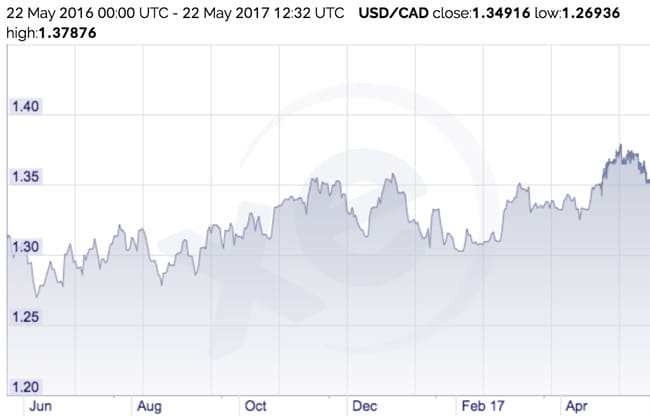Early reports of increased international yield for Canadian universities
Following on from previous reports of dramatic increases in international applications to Canadian universities this year, we are now seeing the first indications of corresponding growth in yield for the 2017/18 academic year. There are no official country-wide results as yet, but all of the underlying indicators, including student visa applications and the volume of admissions files, are pointing to a banner year for international enrolment in Canadian higher education. Canadian universities are now starting to provide some early updates on the yield on international applications for 2017/18 – that is, the percentage of applicants that formally accept offers of admission – and these again suggest significant growth on the horizon. At the University of Alberta, for example, yield is up 27% this year, in part driven by an 82% bump in international post-graduate applications. Driving that overall growth in demand for space in advanced programmes is a 60% jump in admissions applications from US students, a 152% increase in applications from Indian students, and a nearly 200% growth in admissions files for Iranian students. On the undergraduate side, Alberta reports a 27% increase in international applications this year, compared to 11% year-over-year growth for the same period in 2016. Montreal’s Concordia University is reporting similarly gaudy increases for this year, particularly for Mexico (+325%), Iran (+317%), and India (+233%). “These are countries [whose students] may have considered other parts of the world but now are thinking you know what, maybe I’ll give Canada a try,” Concordia spokesperson Christine Mota said recently to Canadian Immigration News. “Canada provides a level of stability and comfort, we’re ranked well, we’re a safe country, by and large, so it’s moved its way up as a destination of choice.”
More US students heading north
While many institutions have seen substantial growth in admissions volumes from Mexico, India, and the Middle East, a number of Canadian universities are also reporting increased interest from American students this year.
The University of Toronto, Canada’s largest post-secondary institution, has seen its yield for US students double for 2017/18. Fuelled in part by increased interest from American students, Ryerson University, also in Toronto, has seen its admissions yield for the coming academic year grow by nearly 50% compared to 2016 levels.
Smaller institutions across the country, including Mount Saint Vincent University in Halifax and Brock University in Ontario, are also reporting a doubling of US admissions volumes for this year.
Many have wondered if the sharp increase in interest by Americans, and other foreign students, is a function of the current political context in the US. That does appear to be playing a part, but students are also quick to point to other decision factors, including the relative cost of study in Canada, the availability of health care, and the safe and welcoming environment in the country.
A weakening Canadian currency is playing a part in boosting Canada’s affordability for foreign students. After an extended period where the two currencies trade at or close to par value in the early part of this decade, the Canadian dollar has fallen off against the US dollar by about 6% over the past year alone.
















